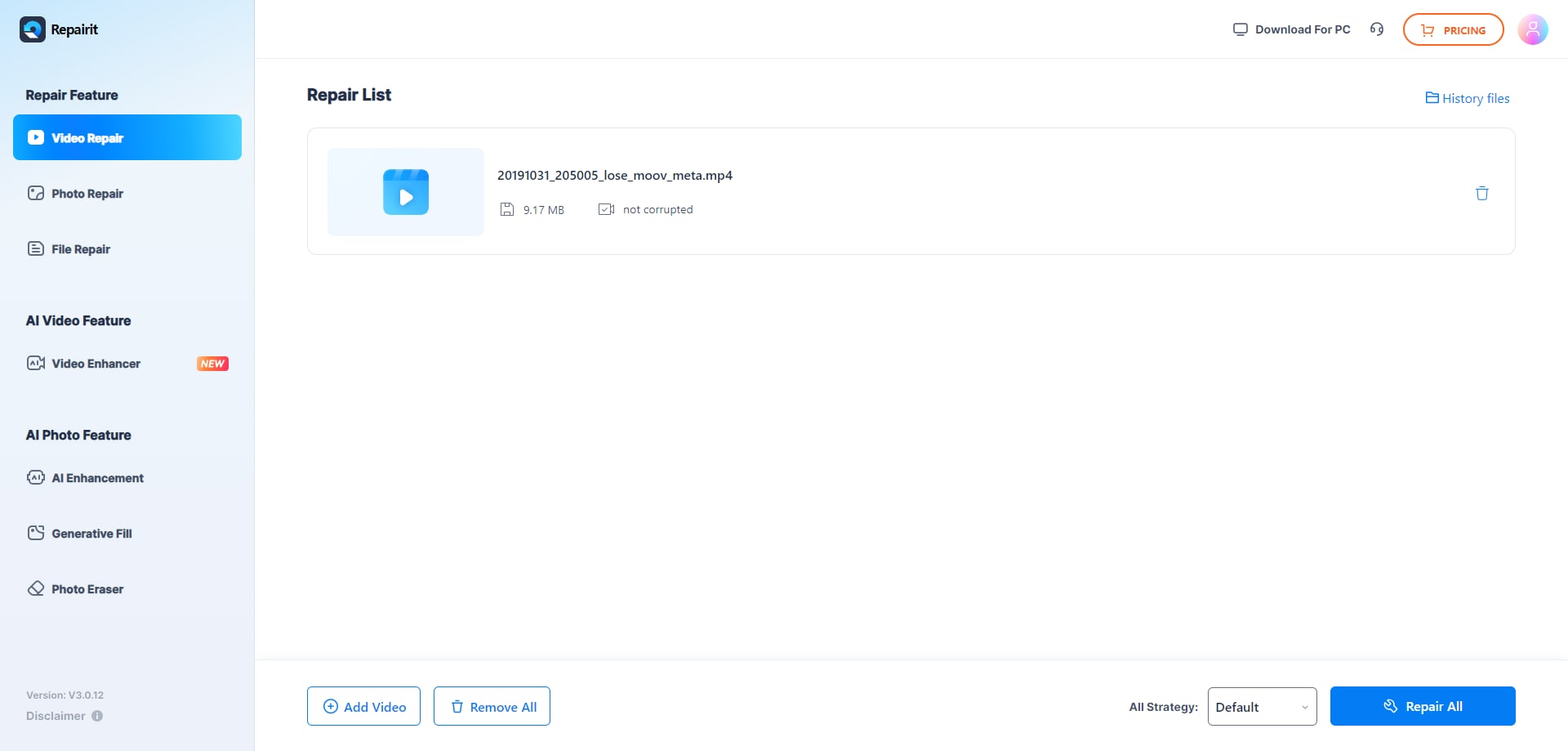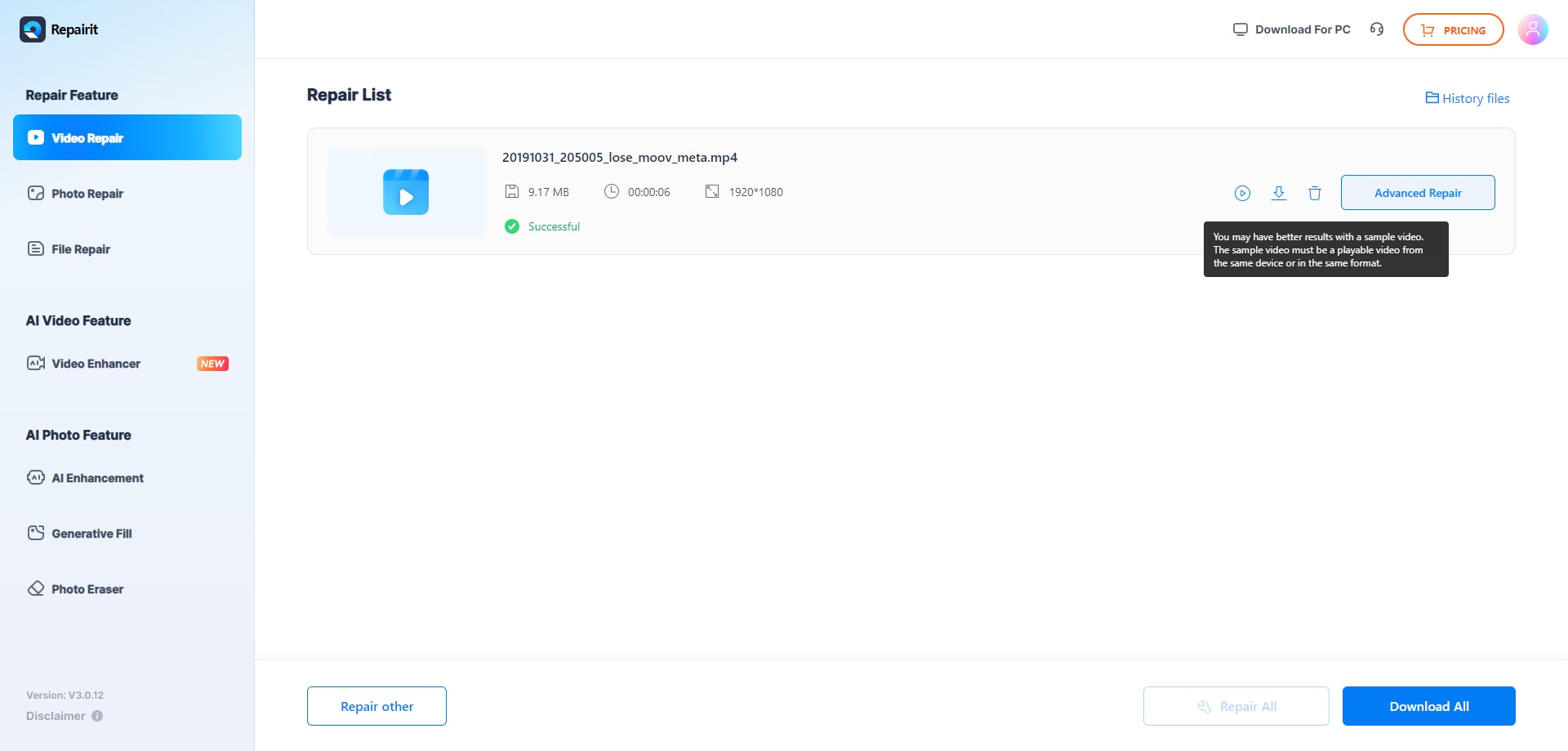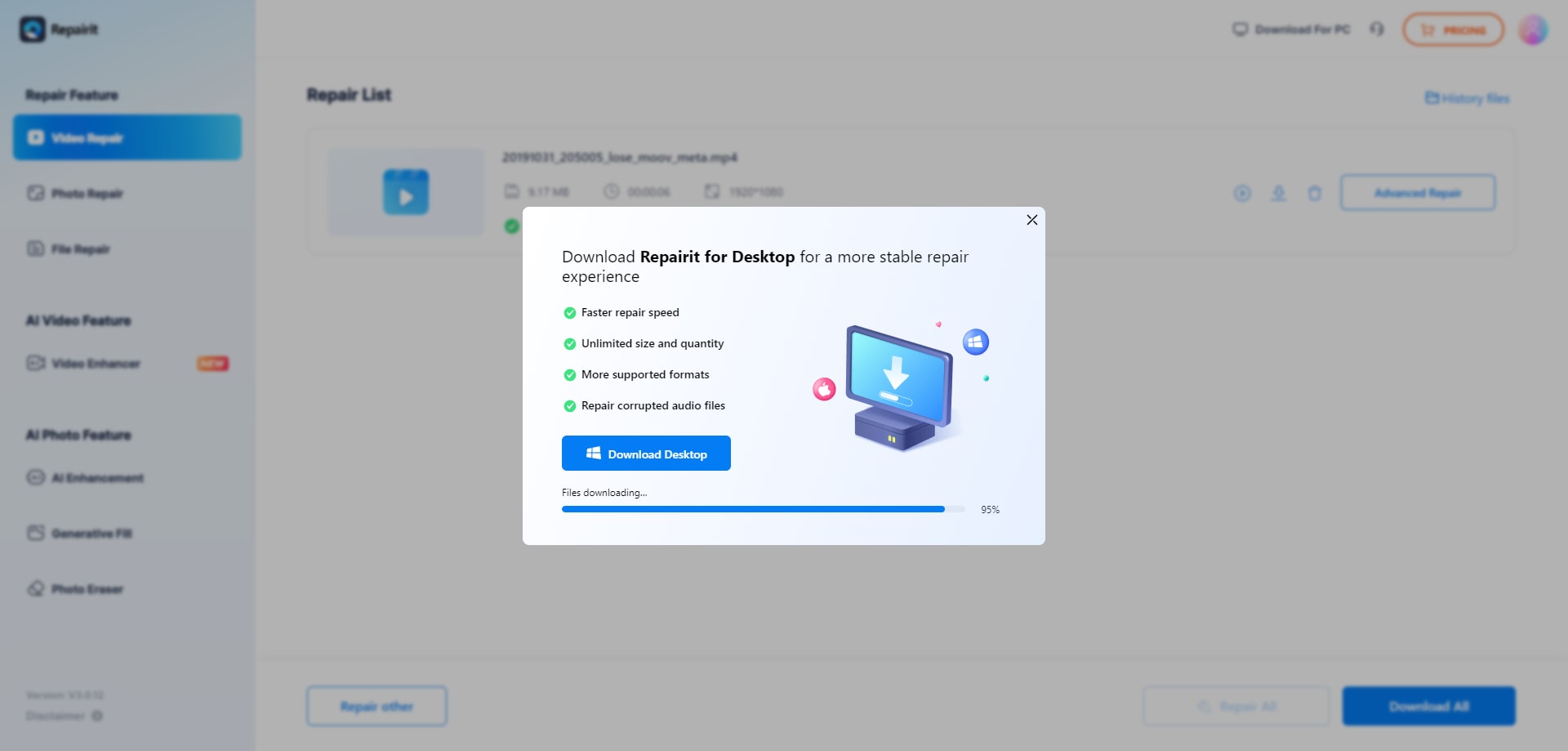How to Fix Pixelated Videos on Android
Watching pixelated or grainy videos can be annoying as you get a disruptive visual experience. We've gotten used to a specific high standard regarding video quality, and people don't have the patience for low-quality videos. That's quite normal because we live in an age of constant digital tech development.
Even though technology is developing quickly, it doesn't mean there are no issues. Users must still deal with bugs, system and software problems, and errors.
If you've noticed pixelated videos on your Android, you're not the only one. Many experience this problem, but luckily, you can resolve it with several methods. Here's how to fix pixelated videos on Android with simple solutions, using free tools.
![]()
In this article
Is This Your Pixelated Videos?
![]()
Pixelated videos have incorrect colors and irregular pixels, preventing the video format from displaying proper images. Pixelated videos are not the same as blurred videos because they don’t have lowered bitrate or resolution. At the same time, blurred videos display intact images.
You can recognize pixelated videos by noticing blocky and blurry squares within them. For example, when you zoom in on an image, you will see pixels. If the pixels become visible and disrupt the video, you have a case of a pixelated video.
Don't confuse pixelated videos with blurry or grainy videos because the disruptions and causes differ. That is crucial because it means you must use different methods for dealing with the issue. Before we get to the fixes you can use, let's explain the causes of pixelated videos.
Causes of Pixelated Videos on Android
Videos often get pixelated on Android because of zooming in outside the limits or excessive file compression to save space. However, many other causes of pixelated videos exist, including:
- Low-resolution or damaged cameras
- File conversion
- Shooting videos without light
- Limited Android memory
- Poor internet connection
- Poorly configured video quality settings
Can You Fix Pixelated Videos on Android?
![]()
If your videos on Android are pixelated, you are probably thinking about ways to eliminate the issue. Even though it’s easier and more convenient to fix videos on a computer, you can also use tools and software on Android.
The good news is you can fix pixelated videos on Android devices. We will introduce six proven fixes that have helped many people regain their videos. No matter the cause of your pixelated videos, we have a solution.
Whether you have poorly compressed or heavily compressed videos, today’s tools will help you return them to normal. It’s vital to mention that all the methods are free; you don’t have to pay anything to fix pixelated videos on Android.
How to Fix Pixelated Videos on Android
Check Your Internet Connection
Slow internet is one of the most possible issues leading to pixelated videos on your Android. If you're having issues playing videos online, check your internet connection. The first step you can take is to test your internet speed:
Step 1: Go to Speedtest by Ookla.
Step 2: Tap Change Server and select the one closest to your location.
![]()
Step 3: Tap GO and wait until the test is complete.
Fix Videos Using Repairit Online Video Repair
If the video itself is damaged, you will have to fix it. You can buy many video repair apps for Android, but using Repairit’s Online Video Repair for free is better. Here’s how to use it:
Step 1: Go to Wondershare Repairit’s Online Video Repair page.
Step 2: Go to Add > Files.
Step 3: Select the video you want to repair from your phone.
Note: You can select the special video strategy if your videos belong to CCTV, Screen Recording, Sports Camera, Drone; or you can use the Default mode.
Step 4: Tap Repair to start the process.

Step 5: Use the Preview button to check the video repair results.

Step 6: Click Download All and select the path to save your videos.

Use a Compatible Video Player
![]()
If you experience this problem only when watching specific file types, your video player might be the culprit. Video player and file incompatibility is a common issue many people encounter. The worst thing about it is that players often can play incompatible videos with glitches.
If your video becomes pixelated, blurry, or grainy only when you play it on one media player, you probably use an incompatible player. Try playing the same video with multiple media players to see if the problem is the player itself or the video.
Before downloading a video player app, check which file formats it supports. Find a flexible player that can play the most common types of videos.
Fix Videos Using VLC Media Player
VLC is a free, open-source video player that does an excellent job playing various file formats. It has always been popular with Windows users, but it’s also available on Mac and mobile devices.
It seamlessly plays videos, automatically updates codecs, and can convert and repair video files. VLC is also very capable of fixing pixelated videos on Android. Here’s how to use it:
Step 1: Start the VLC media player.
Step 2: Go to Tools > Preferences.
![]()
Step 3: Click the Input/Codecs section and select the “Always fix” option in a drop-down list.
![]()
Step 4: Click Save and run the video using VLC.
VLC will now automatically repair your videos whenever possible.
Turn Off Unnecessary Apps
Most Android users install dozens of apps over time. Sometimes, people use an app only once because they need it at that moment and forget about it altogether. However, mobile apps take up valuable storage space and can run in the background, draining your memory.
You can easily have video playback issues if you have an older phone with minimal available space and many apps working simultaneously. Many phones save memory on ongoing processes, including playing videos.
Here’s how to turn off unnecessary apps:
Step 1: Go to Settings > Apps > Manage Apps.
![]()
Step 2: Find the apps you don’t need, tap them, and select Uninstall.
![]()
Step 3: If any of them are system apps you can’t uninstall, turn them off by tapping Disable.
Configure Video Playback Settings
Sometimes, your video playback settings aren’t configured correctly. Some Android phones have intelligent systems that change settings like video playback when they see fit. For example, your mobile device might reduce brightness and graphics quality when your battery is nearly empty.
In other cases, random circumstances can change video playback settings, or users accidentally modify them. No matter the case, it’s worth checking if your video playback settings are configured correctly:
Step 1: Go to Settings on your Android phone.
![]()
Step 2: Scroll down and tap Display.
![]()
Step 3: Tap Screen Resolution or Advanced, depending on your device.
Step 4: Select the highest possible resolution.
![]()
Conclusion
We hope this post has helped you learn how to fix pixelated videos on Android. You can repair corrupted videos with a professional tool like Wondershare Repairit, use another media player, restore videos with VLC, remove unnecessary apps, check your internet connection, or configure video playback settings.
We guarantee that one of these methods will help you fix the problem. If you haven't determined the cause of your pixelated videos, start by repairing the files and take it from there. Good luck!
-
How to prevent pixelation in videos on Android?
To prevent pixelation when recording videos with your Android phone, choose a higher resolution video mode available in your camera app, such as 480p or higher, for clearer, sharper footage.
-
Can VLC fix pixelated videos on Android?
It’s always been popular with Windows users, but it's also available on Mac and mobile. VLC plays videos seamlessly, updates codecs automatically, and can convert and repair video files, including fixing pixelated videos on Android.
-
How do I fix pixelated videos on Android for free?
You can do some setting adjustments or just use a video repair tool like Repairit to fix your pixelated or blurry videos in minutes.

 ChatGPT
ChatGPT
 Perplexity
Perplexity
 Google AI Mode
Google AI Mode
 Grok
Grok
